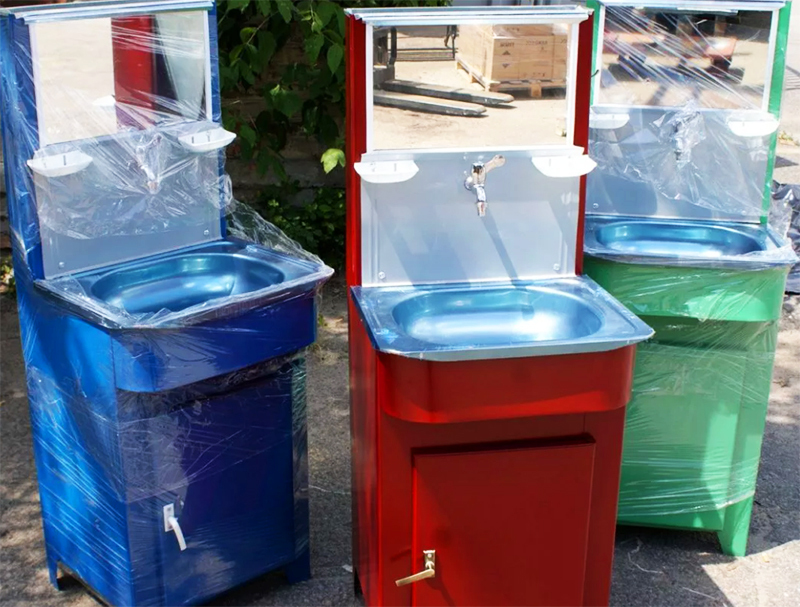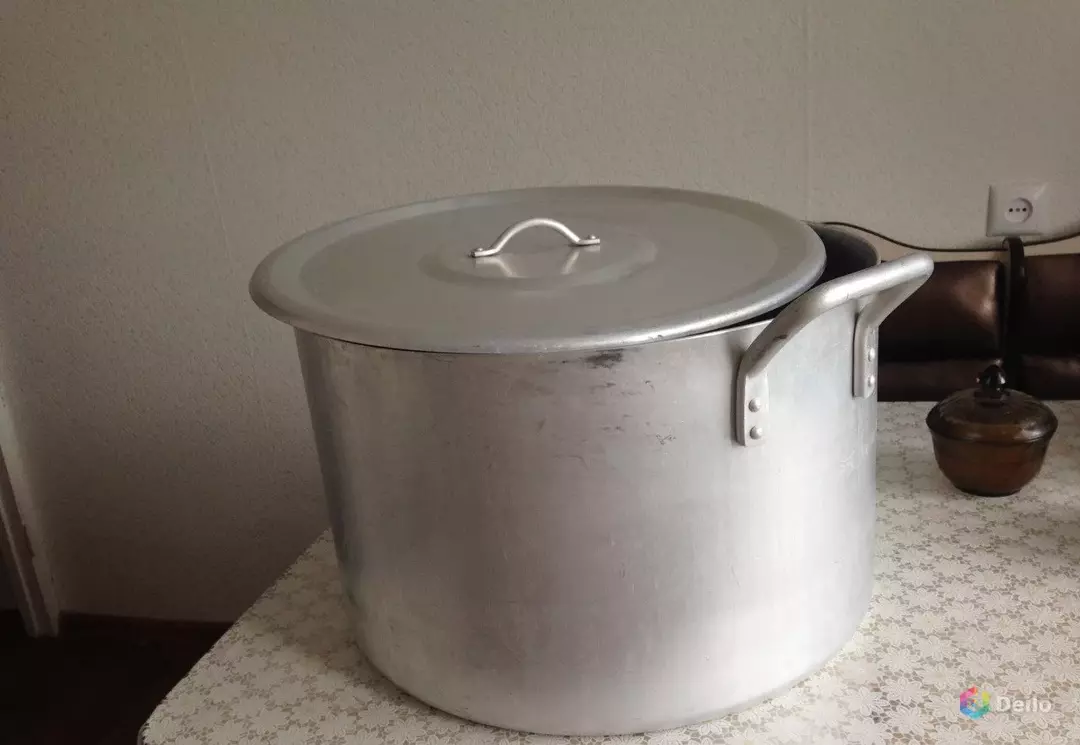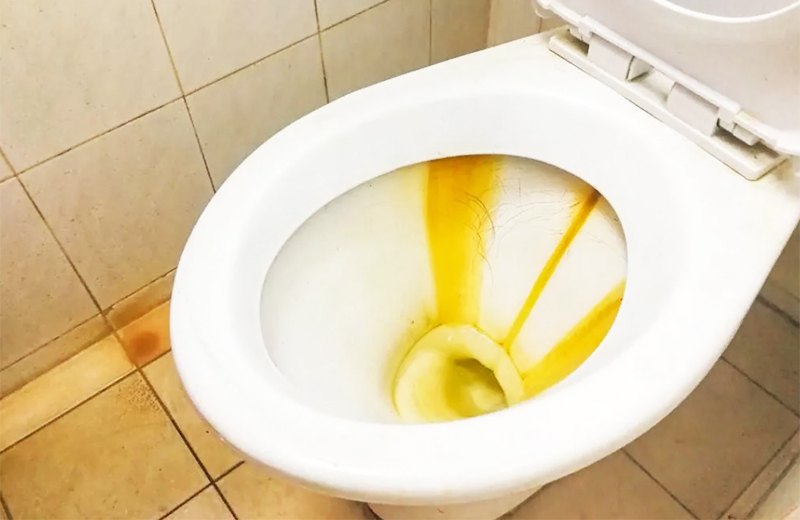
- Application of ceramics for the coating of water-heated floors
- Use of wooden coatings for the finishing of the water-floor
- Application for the covering of the warm floor of other materials
The construction of warm floors based on water technologies requires the presence of a decorative floor covering,, but also is a conductor of heat inside the room from the heating elements. As a finishing material for such floors can be used and parquet, and laminate, and even ceramics. Today we will try to find out which coating is better for a warm water floor, because when choosing a material, it is necessary to take into account the features of the operation of the heating water mechanism.
to the contents ↑Application of ceramics for the covering of water heated floors
Warm floors are generally used in rooms where the feet are constantly in contact with the floor. Such premises in any house are a bathroom, a toilet, a kitchen, a bedroom, a corridor and a children's room. In the bathroom and the kitchen you should buy the most durable and wear-resistant coating for a warm water floor. Which one should you choose specifically from the available assortment?
Specialists recommend to give preference to ceramic tiles, because in comparison with other materials it has several advantages, namely:
- moisture resistance;
- absolute indifference to the use of chemical cleaners;
- simplicity in terms of care.
Important! Due to these qualities, ceramics has become almost the only possible option for finishing the floor in the bathroom and in the kitchen.
The only negative of the tile is the low temperature, which makes it difficult to stand on the surface after a shower. This problem is solved by the equipment of the warm floor.
The main features of the ceramic warm floor are:
- Ceramics perfectly conducts heat, so if it is constantly fed from below, then on such a floor it will be a pleasure to walk.
- Stone and ceramic coatings are ideal for warm floors, because only they have indicators of thermal inertia and thermal conductivity. Moreover, the harder and thicker the tiles, the higher the listed characteristics will be.
- If floor heating is the main source of heat, then the tile needs to cover the maximum proportion of the total area of the apartment. Only if this condition is met can you fully appreciate all the advantages of floor heating.
- Even if the tile is used as a decorative element, it still raises the efficiency of the warm floor.
- During installation, thin cables are mounted in the adhesive layer, which makes it easy to wiring all the wires.
- Due to the possibility of adjusting the thickness of the tiled finish, it is also possible to adjust the thermal power of the floor itself.
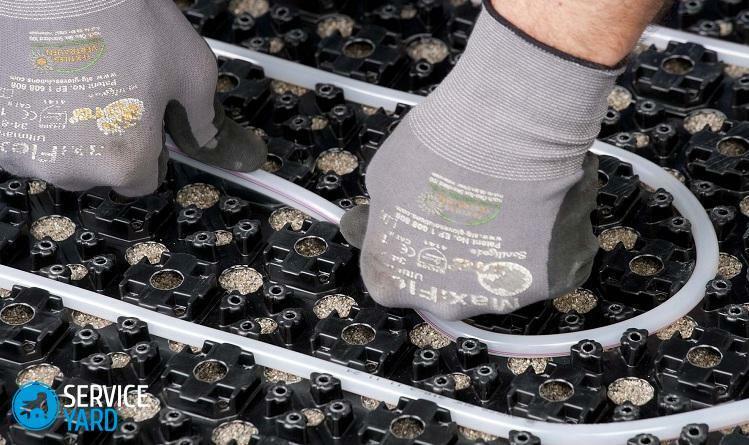
Features of laying ceramics on a warm water floor
Covered by a warm water floor with ceramic tiles in the following sequence:
- A cement-sand mortar is prepared which will then be poured onto the screed on top of the finished structure.
- The filled screed should be left to dry for a while, only then proceed with further work.
- With tile glue the tile is fixed to the work surface, and the glue is applied to both the tile and the floor.
- The tile element is placed on the floor, as much as possible pressed against the surface.
- Check to see if the floor is level, follows the horizontal construction level, so that it does not turn out under the slope.
- Ideally even should be the seams between the tiles. To make it easier to work, you can buy special plastic crosses, which are used precisely for leveling ceramic squares.
- The tiles will dry for about 24 hours. And after that, grouting is carried out using a rubber spatula. You can make the grout using epoxy or cement adhesive.
Important! After carrying out all the above-mentioned measures, leave the tile for a couple of days until it dries completely, then boldly turn on the water heating system.
to the table of contents ↑Using wooden coverings for finishing the water floor
If for yourself you have already answered the question of what kind of flooring to choose for a warm floor and settled on wood, then you definitely need to get acquainted with all the features of this natural raw material. On the wooden surface, you should know the following:
- The tree is characterized by insufficient conductivity of heat, which is why specialists do not advise it to apply when covering the warm floors. Such a coating will be a kind of barrier between the space of the room and the heating elements.
- Wood is unstable to temperature changes and high humidity, so it starts swelling or shrinking quickly after use.
Important! Under normal conditions of operation, such problems with wooden coatings do not arise. But when it comes to the water floor, you should expect trouble at any time, because they can be provoked by different temperature regimes in autumn and winter, spring and summer.
In the warm season the system is almost not used, and in winter it works at full capacity. And such a sharp temperature jump can lead to deformation, stratification of wood and the appearance of cracks.
Secrets of covering the warm floors with wood
If you decide to take such a step and chose the wood as the finishing material for the warm floor, then use the advice of specialists:
- Among all materials, the most suitable for flooring on warm water floors are exotic wood species. And raw materials must necessarily be as hard, dense, shrink-proof, and have good heat conductivity.
Important! These materials include bamboo, teak, oak, acacia and rosewood.
- Before starting work, the wood should be dried properly, as the material can not be laid even with an 8% humidity level, otherwise - after laying the finished floor will strongly settle.
- When determining the most suitable color, it is better to stay on dark shades, which is also due to the shrinkage of the floor covering. On the dark parquet floor, there are no crevices that often appear due to deformation of the floor.
- The details of the coating should be as thin as possible so as not to interfere with the heat entering the space of the room. The ideal thickness does not exceed one centimeter.
- Before laying, you need to warm up the room, that is, gradually turn on the entire heating system.
To satisfy all the above requirements, according to experts, only
- lamellar and industrial parquet are capable;
- face of the cross-cuts;
- wood panels and parquet-mosaic.
Important! The same criteria for high conductivity of heat and resistance to temperature fluctuations must also be met by all auxiliary materials. It is recommended to mount the finishing layer with polyurethane adhesive, and lay the parquet-mosaic with a wax or special oil.
to the contents ↑Application for covering other floors with
. And for those who have not yet decided what to cover the warm floor in the house, the following information will be very useful. Cover the warm water floor with such materials.
Laminate and carpet
In fact, if the previous options seemed too expensive or simply unsuitable, then you can choose as a finishing material, even carpet or laminate.
They have good thermal conductivity and thermal inertia, on the basis of what, you can confidently say that they are ideal for laying on the floor in the children's room or bedroom. Such a coating not only conducts heat from the heating elements, but also perfectly retains it for a long time indoors.
Important! The installation of these materials is quite simple, the main thing is that the screed should be flat and the polymer substrate should be applied.
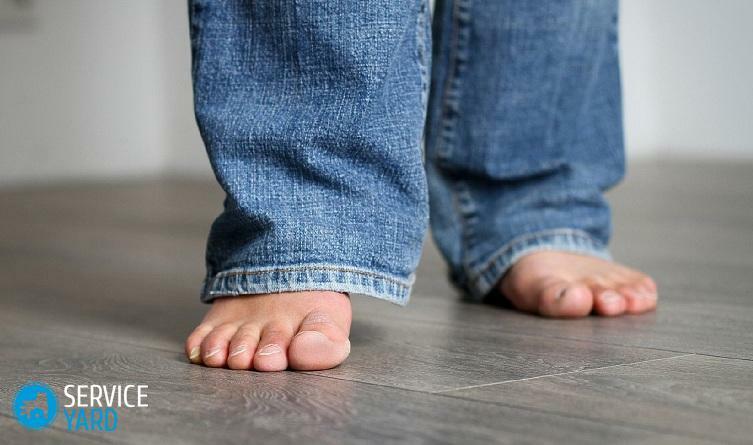
Linoleum
Linoleum does not cover warm floors, because it does not meet the requirements of ecological safety and thermal conductivity. Although it is cheap, but it conducts heat poorly, and when it gets very hot, it starts to release toxic substances dangerous to health.
Important! To lay it on a warm water floor is possible only in one case: if the coating itself is made of natural materials. But it is worth considering that such linoleum linen will be very expensive.
PVC coatings
Finishing of water-heated floors can be made and elastic materials based on PVC.But when selecting it, you need to make sure that the material has a special mark, which indicates that it can indeed be used with a heating system in the apartments.
Important! Their advantages include minor thickness, tolerability of extensions and contractions, and resistance to temperature changes.
Using all of the above data, it is easy to decide which is better to lay on a warm water floor. In addition, the solution to this issue largely depends on how actively you plan to heat the apartment through warm floors and in which areas.

